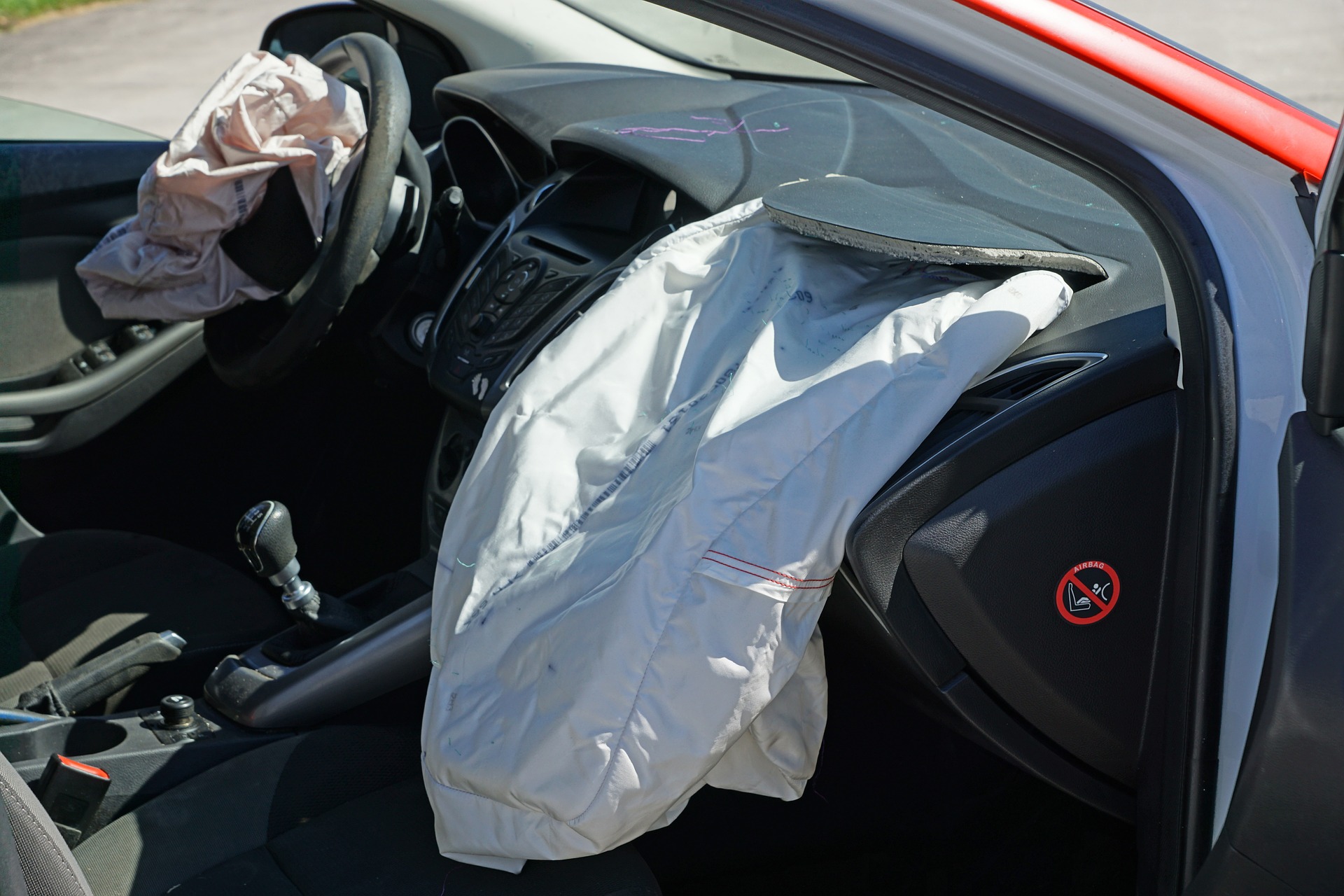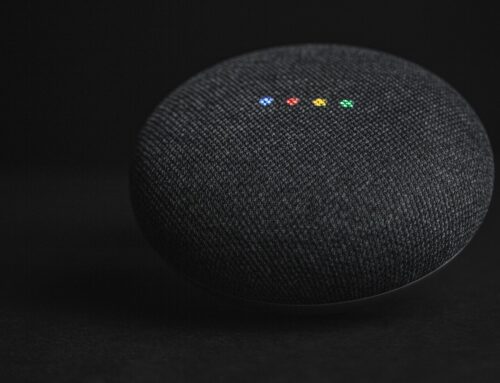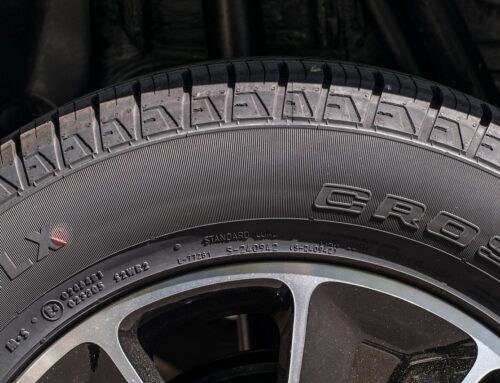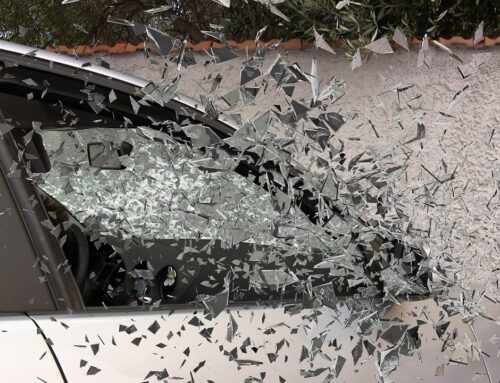Defective or dangerous products are the cause of thousands of injuries every year in the U.S. “Product liability law,” the legal rules concerning who is responsible for defective or dangerous products, is different from ordinary injury law, and this set of rules sometimes makes it easier for an injured person to recover damages.
The body of product liability law refers to situations in which a manufacturer or seller of a product is held liable for delivering a defective product to a consumer.
Responsibility for a dangerous or defective product which ultimately causes injury lies with all links of the distribution chain which bring the product to market.
Generally, the law requires that any product meets the ordinary expectations of the consumer. When a product has an unexpected or hidden defect or danger, the product does not meet this expectation. Product liability claims are based on state laws, as there are no applicable federal laws.
Product liability claims can apply to cars, children’s toys, or shampoos. Even though the possible scope of injury is vast, most product liability claims fall under three categories.
Three Types of Product Liability Claims
- Defective Design: This product liability claim purports that the product is dangerous based solely on its design; not an error made during manufacturing. Under Florida law, a design defect means the product is in a condition “unreasonably dangerous” to the user or a person in the vicinity of the product; meaning that it fails to perform as safely as a consumer would expect. This rule applies both when the product is utilized as intended or when it is used in a manner reasonably foreseeable by the manufacturer.Note: A person can potentially recover in a product liability defect design case even if they are not the actual user of the product, but rather a bystander who is injured.
- Manufacturing Defects: Manufacturing defects are the most commonly seen product liability claims. A manufacturing defect claim states that the original design of the product is inherently safe, but that something occurred during the manufacturing process to make the product unsafe. A manufacturing defect exists if the product does not conform to its intended design and fails to perform safely as the intended design would have performed.
- Warning and Instructions: If a consumer is injured due to improper usage of a product, they may have a product liability claim if the proper use of the product was not effectively communicated. They may also file a claim if no warnings were delivered about the improper use of the product. A common example would be if medication fails to warn consumers about possible side effects, and those side effects cause greater harm.
Should You File a Product Liability Claim?
As with all aspects of the law, it can get quite confusing if you are not familiar with the statutes. If you feel that you have been injured by a product’s defect or by a manufacturer’s failure to warn you of inherent dangers, you can begin by looking online to see if three is precedent for your type of case.
The best way to determine your likelihood of filing a successful product liability claim is to speak with an experienced product liability attorney. They can advise you as to the merits of your case and may even be aware of an ongoing class-action lawsuit – or other successful cases in regards to the same product defect. Call the attorneys at Probinsky & Cole if you have any questions at all. Don’t suffer in silence, let us educate you on your rights!








